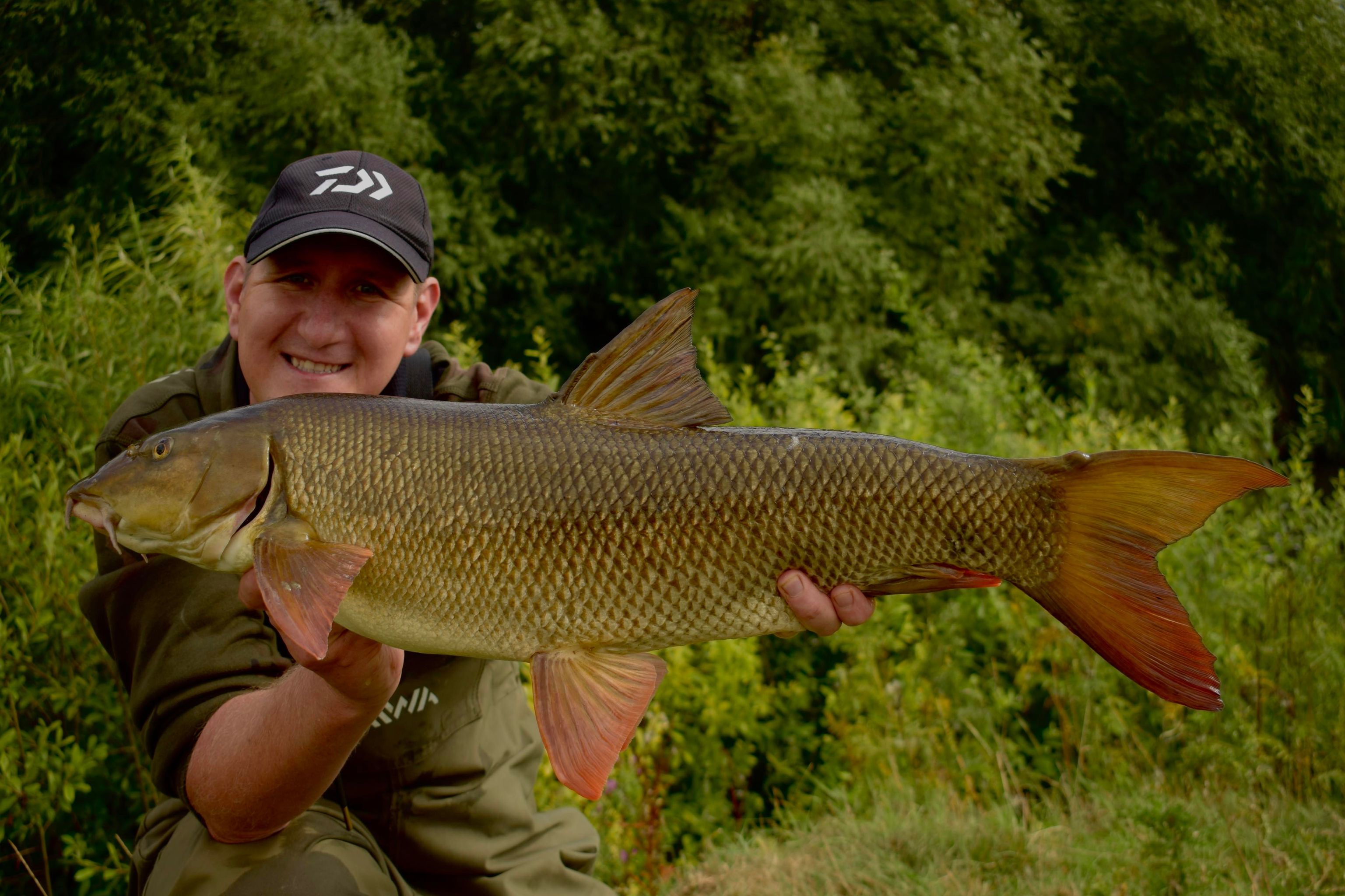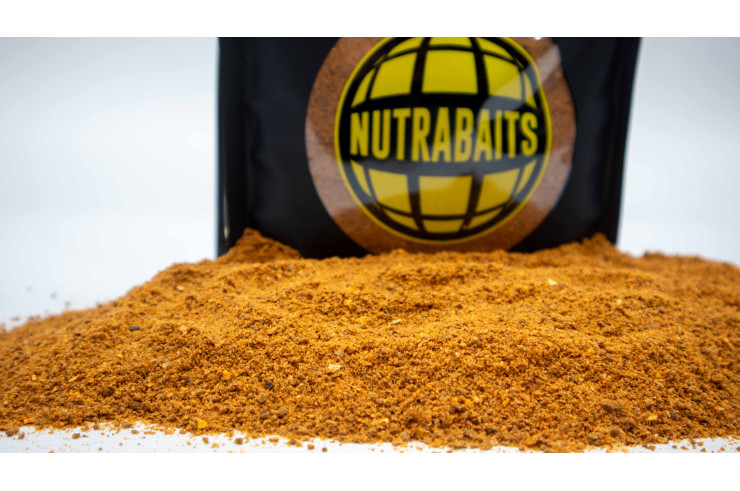One
of my favourite things about fishing on the continent is the feeling you get
driving through those open, empty areas and investigating lakes and rivers as
you go, many of which are almost completely untouched. Here in the UK, the
circumstances are not the same, although I find that I get a similar feeling
upon discovering a new stretch of the river Trent, here in the UK.
I’d
known for a long time that this particular river provided a watery home to
carp. Though due to the long walks associated and challenges with parking,
large portions of the river were untouched by carp anglers. Rivers are required
to exhibit a closed season; it was during this time that I first started scoping
out the one mile stretch that I was particularly interested in.
This one-mile stretch had a number of features that screamed carp spots to me, bridges, jetties and in particular large areas of slack out of the main river. Naturally, I was drawn to this area, the next step was to try an locate the carp.
Look out for those spots which are likely to hold carp such as bridges, slacker waters & deeper areas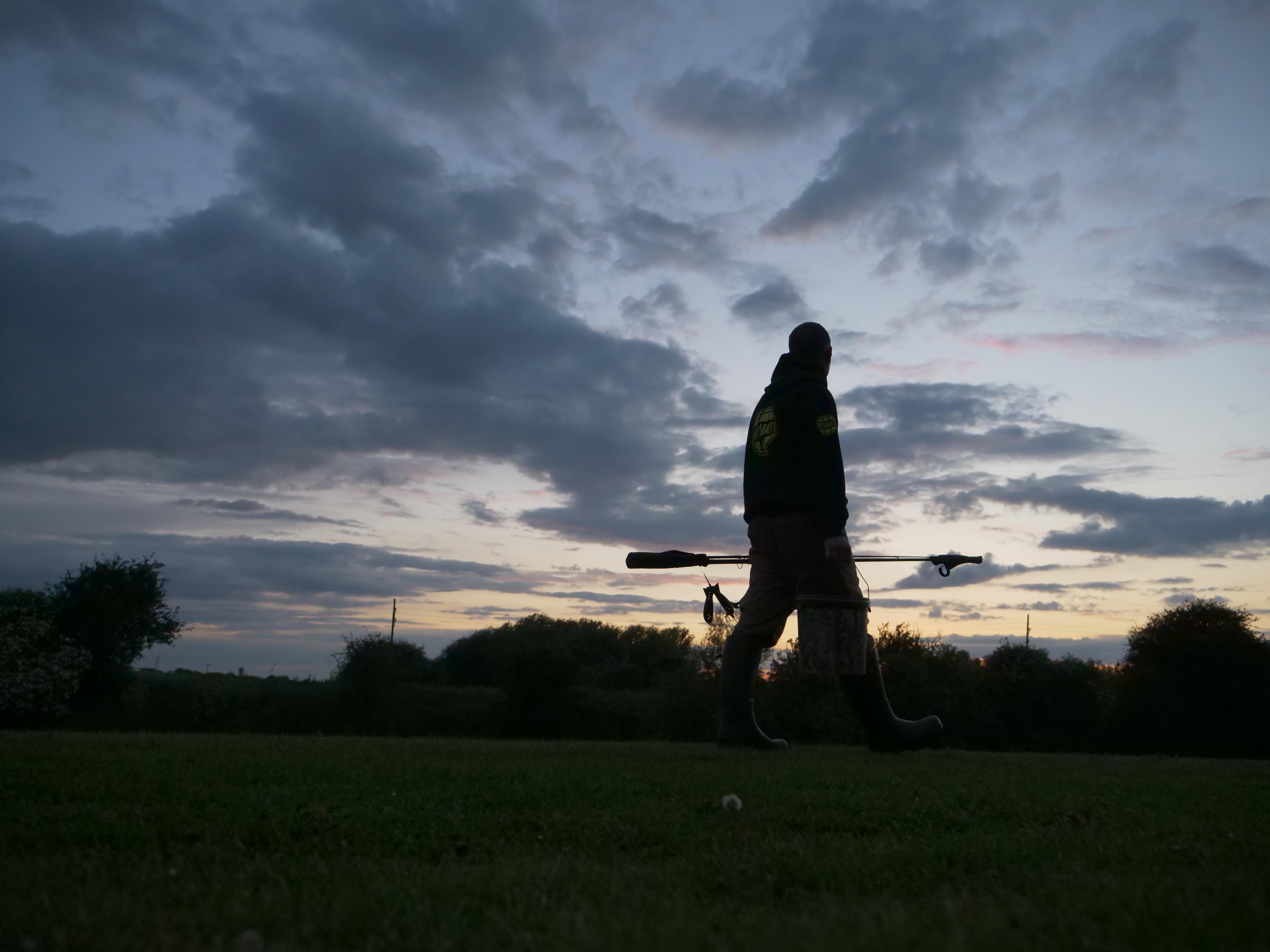
I’d
keep my bait choice simple when fishing rivers, opting for a bait with high food
value and good quality to being successful on rivers is having the draw to stop
a patrolling carp in its tracks, so your bait must be highly visually
stimulating. To me that means bright boilies/wafters that provide additional
movement, depending on the season.
As
with regular still-waters, prebaiting is an extremely useful tool that works
very well on rivers. I got into a nice habit of pre-baiting when was starting
out on my local river and would introduce a custom mix made up of four kilos of
boilies, two kilos of pellets and a handful of tiger nuts or sweetcorn upon
every visit. I mentioned that this stretch was a bit of a walk, so I’d venture
out there every time I was walking about three or four times a week.
REGULAR PRE-BAITING IS THE ANSWER
As
we know, summer marks the height of carp activity. You hear that all the time
on the bank, but what does it actually mean? River carping in the summer really
brings it home. The distances that carp will travel when searching for food is
astounding, and river carping makes this fact even easier to notice. Quite
often the fish will pause briefly to feed in an area before moving swiftly on,
in their campaign towards the next meal. This makes holding the fish in your
targeted area a challenge, for which regular pre-baiting can be the answer.
Nutrabaits
Carpet feed mixtures are also very useful in these situations, through the
combination of whole and chopped boilies, pellets, hemp and other attractive
baits, you can create an effective fish-holding combination. I also like to
include additional liquid attractors for that extra edge.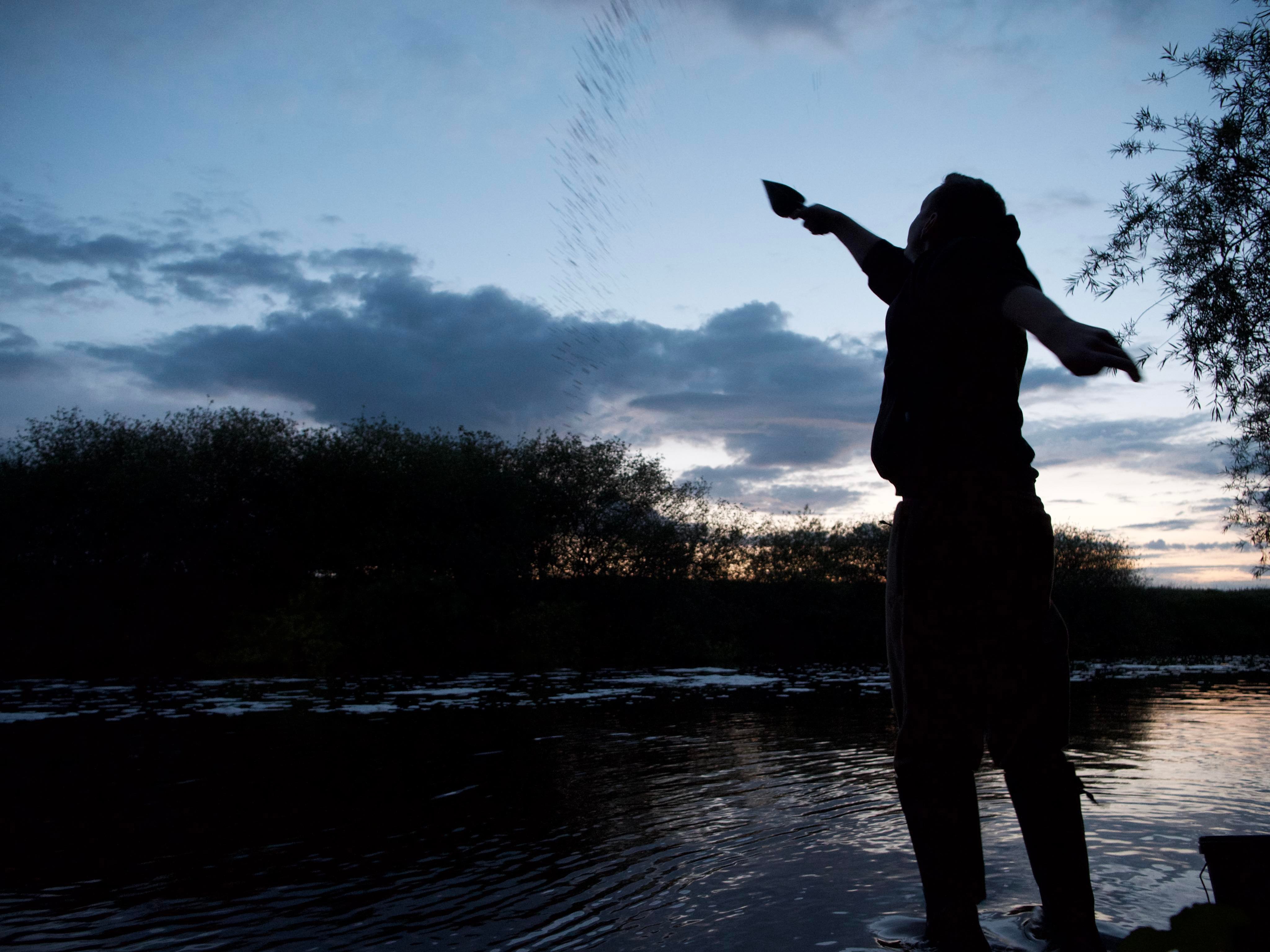 DEALING
WITH NUISANCE SPECIES
DEALING
WITH NUISANCE SPECIES
The
majority of British rivers which host carp, sadly, will also be home to many
other species and one of the worst offenders when it comes to pinching your
hookbait is a Bream, which is highly frustrating!
If
you know that Bream or other nuisance species are present in the river you are
targeting, I recommend spreading the bait around and not focusing on an
individual spot. This will keep the bait accessible to the carp.
Feel free to try putting together your own killer combination for stopping those river carp in their tracks
THE RIGHT TOOLS GET RESULTS
In
general, riverbeds pose more of a challenge than still-water lakebeds do. The
very nature of running water leads to the formation of jetties, moorings, snags
and plenty of other obstacles, all of which pose issues when battling a
hard-fighting river carp. Ultimately this means our tackle needs to be up to
scratch.
When
river fishing you should expect that you’re going to encounter
snags, so you need a mainline that is tough as nails. I opt for 20lb mainline,
which is plenty strong enough and has the added benefit of sinking straight to
the bottom. I don’t think you need to go out and purchase specific a specific
rod just for river carping, I’ve found my Daiwa infinity’s rods perfect for the
job (which I also use on many lakes)
As discussed, I like to use pretty large hookbaits on rivers, so the super-sharp and ultra-strong hooks make the most sense for me. To sure it up even more I use a short piece of shrink tubing to boost the turning effect. Rounding things off, when the conditions permit, I use a combination of 18mm bottom bait and 15mm pop-up, fished as a snowman.
It’s
worth mentioned that if you want to stand any chance of landing a raging river
carp, your hooklinks and all end tackle components also need to be extremely
durable. For me this means abrasion resistant leadcore and a tough combi-link
hooklength attached to a stiff, ultra-strong mono.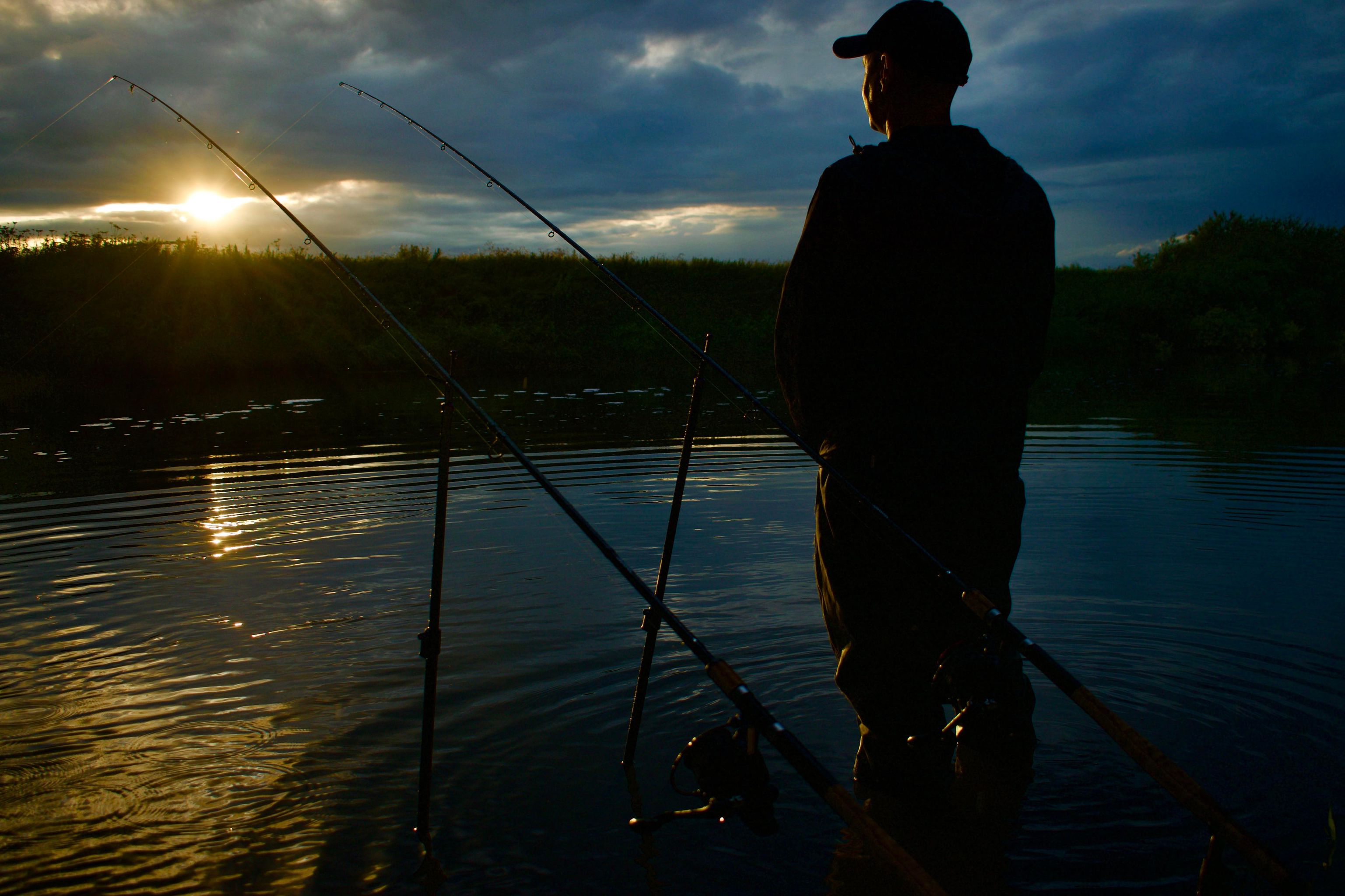 GETTING
OUT THERE
GETTING
OUT THERE
My
first summer on this river was one of the best summers I’ve ever had angling. I
remember it dawning on me that all the hard work was paying off, when I saw a
shoal of carp slowly approaching me and one of my pre-baited areas. I was sure
they were heading to a spot a few hundred yards up stream, so I needed to stop
them where they were. I acted swiftly to get my groundbait mix out and got the
hookbaits in place, ready to ambush the carp on their way past.
PURE POWER AND SPEED
The
clutch was set rather tight, but the carp didn’t care and the first take
absolutely ripped off. I doubt that this fish had ever been on a hook before
and so fought as if its life depended on it. Fortunately for me, it rushed
down-stream into an area clear of snags. By the time I lifted the rod to make
real contact, the fish was at least 100 yards down-stream from me. The pure
speed and power it displayed was incredible. After an eminence battle, the fish
inevitably started to tire and a few minutes later the fish was mine and a
powerful beast lay in the net.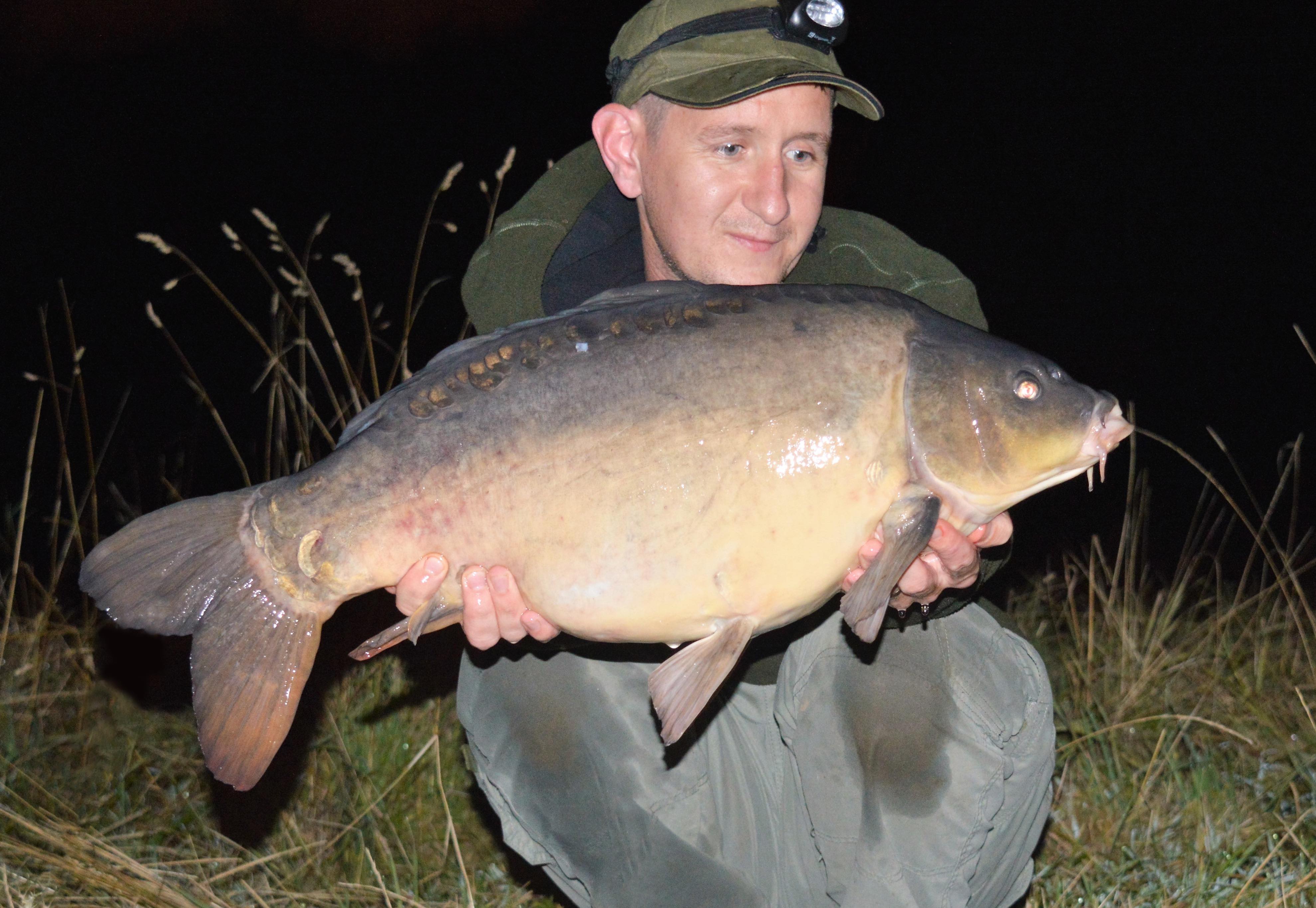
Those
areas with overhanging vegetation are always worth investigating, but be quiet
In seasons that have followed, I’ve been able to hone my river carping skills and can say, here at least, that the carp are not too hard to find. Once you have identified where they are, through regular pre-baiting, the principles described here and with a bit of luck, results will follow.
With
that said, as with anything in carp fishing, success is never permanent and
identified carpy locations won’t last forever. This is especially true on
untouched rivers, where the fish are more easily spooked and will quickly react
to angling pressure. I’d advise you stay mobile and try your best to stay one
step ahead of the fish, to pre-empt and adjust accordingly, for when that
productive spot does dry up.
I
couldn’t recommend river carping more, especially if you’re looking for a new
challenge and to avoid the crowds this summer.